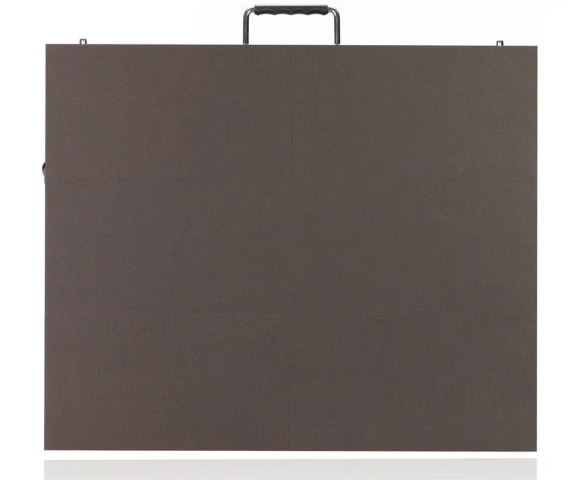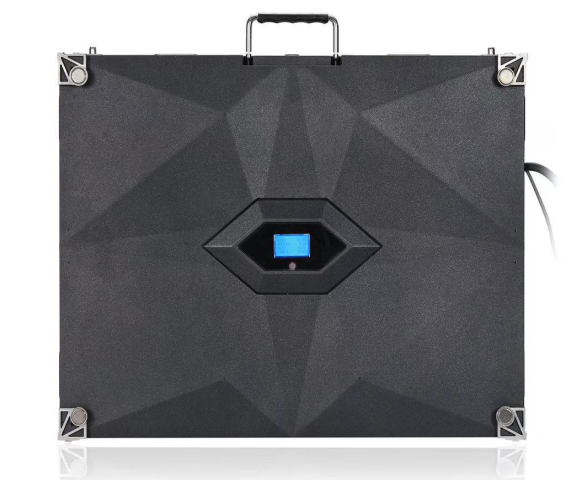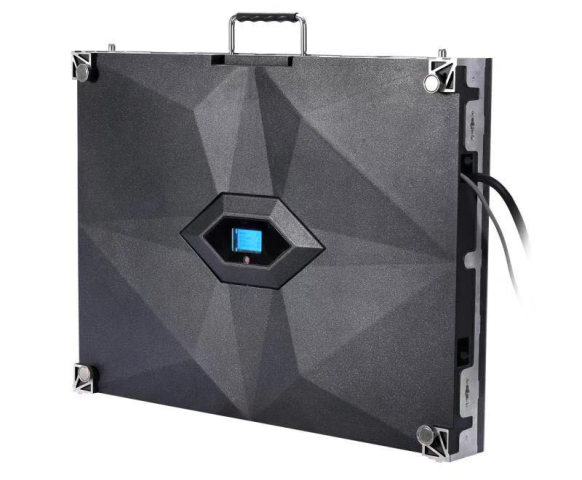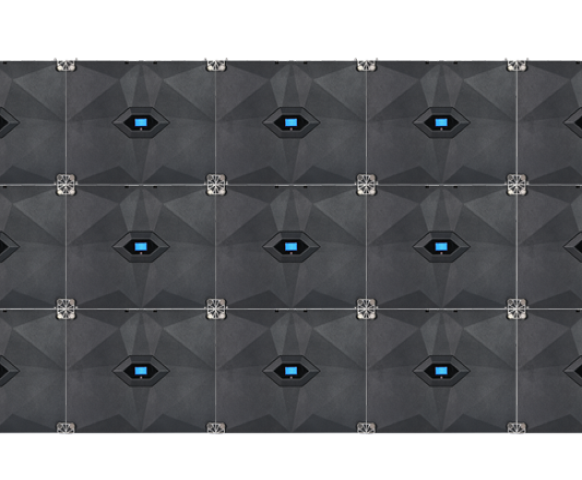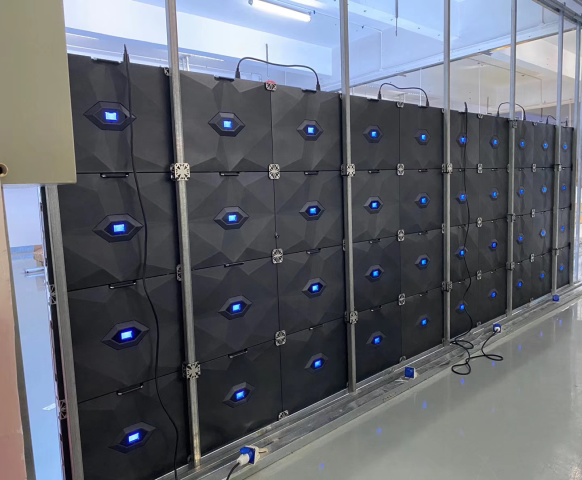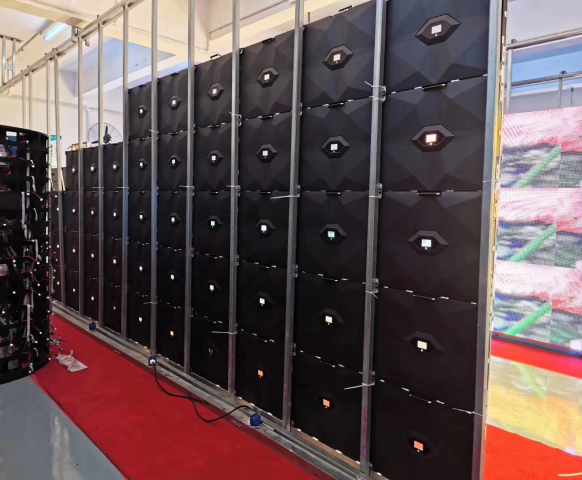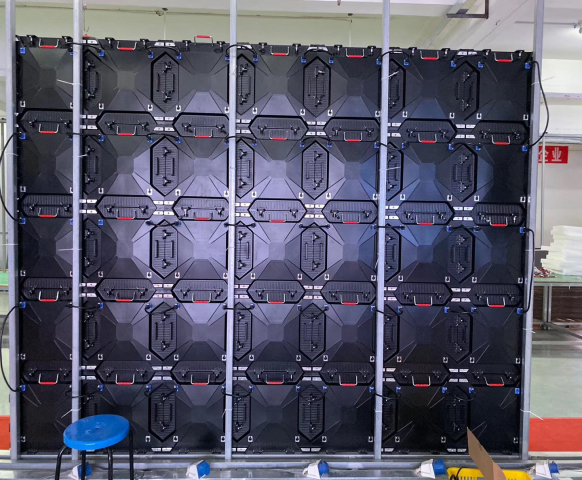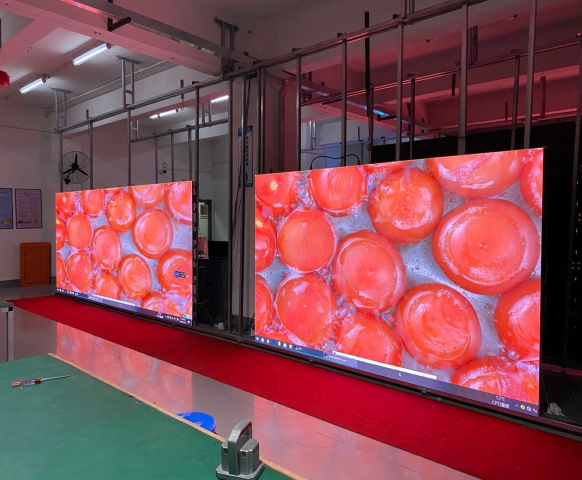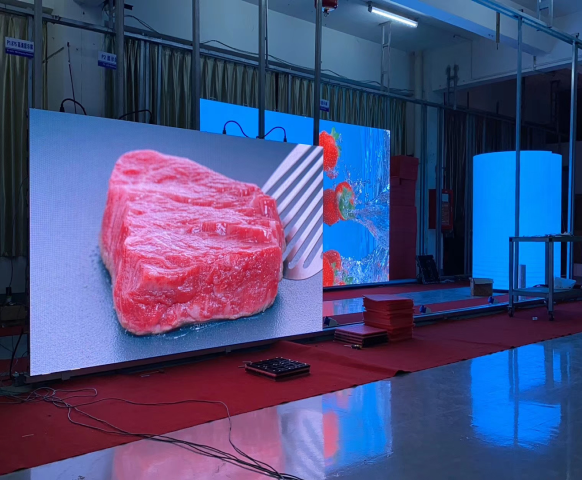4K LED Display
Key features
4K LED screen specifications
| ITEM | UNIT | 1.25 | 1.53 | 1.66 | 1.83 | |||
|---|---|---|---|---|---|---|---|---|
| LED Type | N/A | SMD1010 | SMD1212 | SMD1212 | SMD1515 | |||
| Pixel Pitch | mm | 1.25 | 1.53 | 1.66 | 1.83 | |||
| Ingress Protection | IP | 34, not water-proof, indoor installation only | ||||||
| Viewing Distance | meter | 1.25 | 1.53 | 1.66 | 1.83 | |||
| Driving Method | Scan | 1/64 | 1/52 | 1/64 | 1/58 | |||
| Module Size | mm | 320×160 | 320×160 | 320×160 | 320×160 | |||
| Module Pixel | pixel | 256×128 | 208×104 | 192×96 | 174×87 | |||
| Cabinet Size | mm | 640×480 | 640×480 | 640×480 | 640×480 | |||
| Cabinet Resolution | pixel | 512×384 | 416×312 | 384×288 | 348×261 | |||
| Front Maintenance | N/A | Module, power supply and receiving card | ||||||
| Cabinet Material | N/A | Die-casting aluminum | ||||||
| Cabinet Weight | Kg | 5 | ||||||
| Refresh rate | Hz | 1920~3840 | ||||||
| Digital Processing | Bit | 16 | ||||||
| Gray Scale | level | 16384 | ||||||
| Colors | million | 687 | ||||||
| Brightness Control | N/A | 255 | ||||||
| Contrast Ratio | N/A | 5000:1 | ||||||
| Viewing Angle | Deg. | H:140/ V:140 | ||||||
| AC Speration | V | AC90~264 | ||||||
| Power Consumption(Max/Avg) | W/m2 | 480/240 | ||||||
| Operating Tem. | C | -20C ~ +60 | ||||||
| Lift time(50% brightness) | Hour | 100,000 | ||||||
| Control Mode | N/A | Video Sync | ||||||
| Video Effect | N/A | 2K, 4K | ||||||
Practical Guide For 4K LED Display
4K LED display is now occupying an important position in the whole LED screen industry and widely recognized as the current best media solution to deliver the ultimate visual performance.
In the following article,we will show you what 4K LED display is and some related information you might be interested to know.
Chapter 1: What is 4K LED display ?
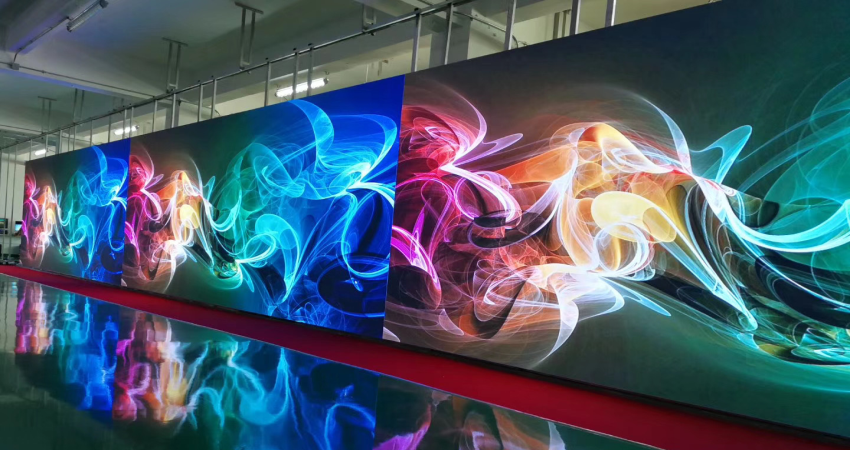
Before knowing what is 4K LED display,let’s talk about what is resolution and what is 4K.
Resolution is the total number of pixels that can be displayed on a screen.Normally we represent resolution in two numbers. Number of pixels displayed horizontally x number of pixels displayed vertically. For example, right now my screen resolution is 1920 x 1080.
Pure and simple, 4K means a clearer picture. It’s more pixels (8,294,400 to be exact) on the screen at once that creates images that are crisper and capable of showing more details than standard HD.
4K LED display to put simply, a display device that is capable of displaying images and videos at 4K resolution.4K LED display also called fine pitch LED dispay,small pixel pitch LED display,usually refers to the LED display which with pixel pitch lower than 2mm.At present,the trend is 1.83mm,1.66mm and 1.53mm.
Chapter 2:What are the differences between 480P 720P, 1080P and 4K?
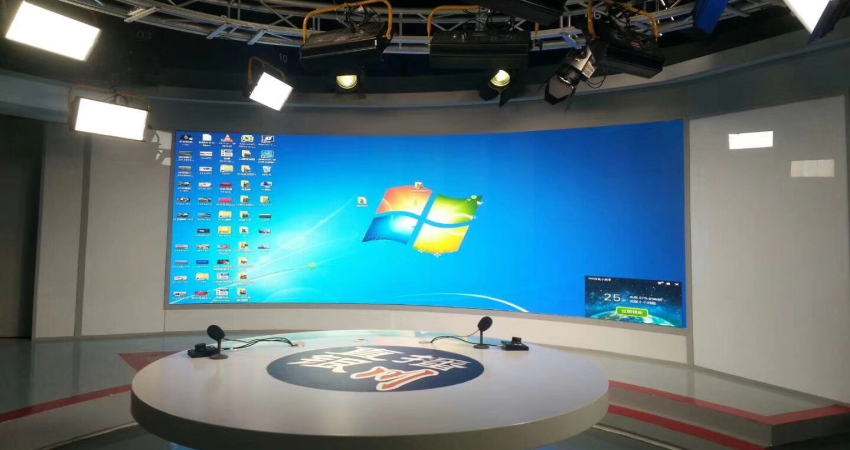
Actually,480P, 720P, 1080P and 4K are all different types of video resolutions.
480P has a resolution of 720×480. This means that it has 720 pixels horizontally and 480 pixels vertically. The standard channels that we see on TV support this type of resolution.
720p has a resolution of 1280×720. This means that it has 1280 pixels in the rows and 720 pixels in the column. Channels that stream movies or TV shows usually support this resolution. So if you are fan of that you should go for a resolution of 720p resolution. Many movie and TV show channels now have special subscription to view channels in 720p. Most budget phones now have 720p displays.
1080p has a resolution of 1920×1080 pixels,is a quite common resolution now and known as Full HD or FHD.It is double the size of 720p displays.It is usually useful for gamers who are into graphics and a slight action can make a lot viewing difference. The blue ray movies we see are actually in 1080p resolution.
4K is regarded as ultra HD(actually a 2160p).It has a resolution of 3840×2160 which is insanely high.Now these are very advance and cost a lot of money as compared to those given above.It is usually good for gamers who lay high end graphic games. Now many movies are coming out at ultra-blue ray that are 4k resolutions.
When you are looking for a 4K LED display,it is important to figure out what resolution it should be.Besides,the viewing distance and the quality of content you are watching should be also taken into consideration.
Chapter 3: 4K LED Display Application.

4K LED display is a perfect solution for the applications where you want to show more detailed image/video content on a very limited display dimension. Here are some main market for 4K LED display.
TV studio
TV studio is a crucial market to 4K LED display, because it requires high standard on the video equipment, and it is what 4K LED display can beat other equipment like LCD video wall.
When used for broadcasting, the high refresh rate (up to 3840Hz) of 4K LED display ensures no flicking when it facing to a camera. Its high contrast (6000:1), high gray scale(16bits) and wide color gamut can present the vivid, clear and detailed image reproduction. Its seamless connection, excellent color uniformity and superb visual enjoyment are what LCD video wall can’t compete to.
Control room and monitor room
Control room and monitor room, which dominated by LCD video wall, are now very important markets for 4K LED display. Decided by its function attribute, the display at these locations is required to display as much content as possible.
Comparing to LCD video wall, 4K LED display achieves higher brightness, better color uniformity, seamless connection (no gaps), lower failure rate, easier maintenance and better visual experience. That is why 4K LED display is now occupying more and more market share once belonged to LCD video wall.
Conference room, meeting room and board room
As the current most popular visual display device for presentation, projector is widely involved into the daily work of companies and has the biggest market share in conference room, meeting room and board room. But the appearance of 4K LED display brings more options and possibilities for the market.
Comparing to 4K LED display, projector is with low brightness, poor image production and bad visual experience. But things are quite different on 4K LED display, it needs no dark environment, the clear direct view display makes sure a better participation for the attendees. Besides, the 4K LED display supports different installations and very convenient plug-and-play.
What is more, 4K LED display is still widely used for product launch, corporate show room, home cinema and high end advertising activities.
Chapter 4: What are the advantages of 4K LED Display?
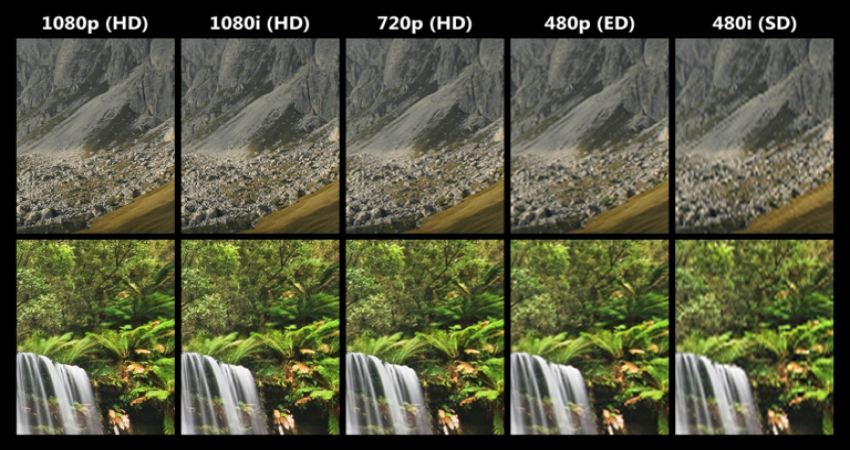
Improving display capabilities of LED/LCD has resulted in the term HDR or High-Dynamic Range. In case you didn’t know, here’s what 4K HDR can bring to the table.
Higher pixel loading – since it is using 4K technology, you can expect that more pixels are loaded for every image.
That’s 3840×2160 pixels to be exact. This is actually double the amount of the current SDR 1080P display technology.
Wider color range – more details of the image is being loaded because more pixels are being loaded. This will result in more colors being displayed compared to previous display technologies being offered.
To put it into perspective, SDR can display only 16.77 million colors, while the 4K HDR can display 1.07 billion colors. That’s how huge the gap is.
Overall image quality improvement – resolution, color depth, color gamut, contrast and frame rate have all improved dramatically with 4K HDR, the resolution doubled, color depth and gamut has increased dramatically as well.
Contrast has also improved (specifically dark contrast). 4K HDR has also introduced the 120Hz frame rate, a much higher version of the standard 60Hz.
All in all, the quality of the image displayed in 4K HDR display screens is unbelievably high.
It has raised the bar on everything and is definitely the current highest standard in display technology today.
The only downside to this technology is the technical bottleneck that comes with it, because not all devices have this capability yet.
But the future looks bright as more and more companies have adapted to the latest standard. It won’t be long till we see an 8K HDR technology.

